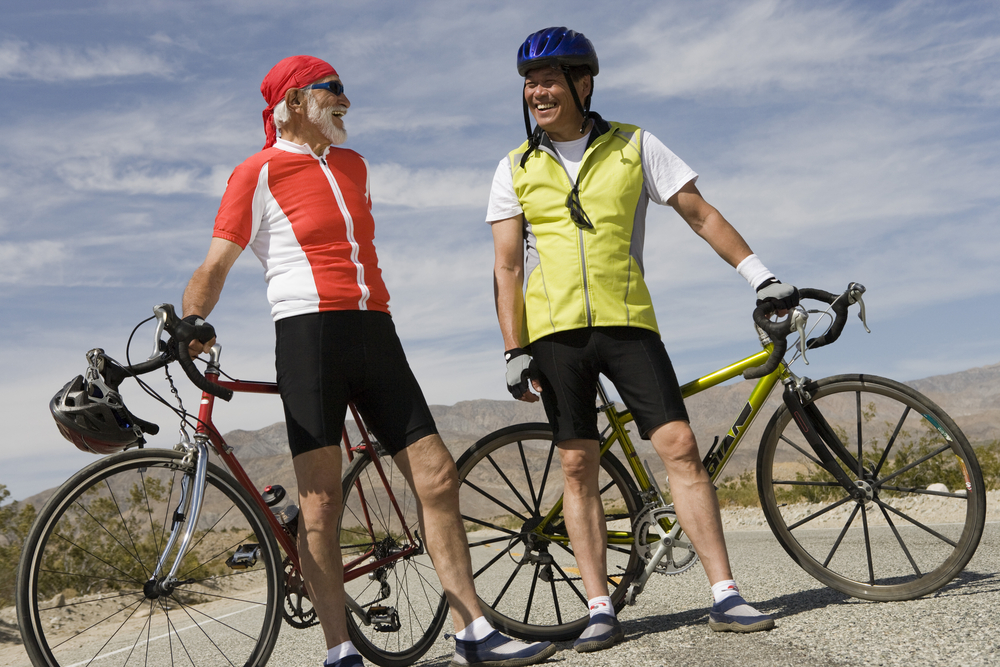
I’ve noticed an increase in the number of MAMILs (middle-aged men in lycra!) on racing bikes on the roads around Petersfield. I wonder if it’s anything to do with the Tour de France getting underway?
Unfortunately, unlike the professionals who inspire them, many amateur cyclists take more care of their bikes than themselves, increasing the risk of cycling-related injuries.
Avoiding the Most Common Cycling Injuries
I should say here that cycling is one of the best activities you can do with the least impact on your joints, but here are some vulnerable areas you can take care of:
Back Pains
Often the result of bad posture, the biggest cause is a bike that’s not the right size or poorly set up
You don’t need to see a physiotherapist like me to sort that out. Take your machine to a bike shop and get a professional to set it up for you.
Core strength helps protect your back, so don’t neglect gym work when you’re preparing for the cycling season.
But if you’re already experiencing lower back or shoulder pains, book a physiotherapy course to loosen stiff joints. A massage will also ease muscle strains.
Knee Pains
Iliotibial Band (ITB) Syndrome happens to athletes who over-train. The ITB is a band of tissue intimately connected to the leg muscles that runs down the outside of your leg and stabilises the knee joint. When overworked, it rubs against bones in the knee and becomes inflamed.
Patello-femoral pain occurs at the front of your knee and can be caused by muscle imbalance or tightness, poor tracking of the patella or using a saddle that’s too low.
It’s important to warm up by stretching properly. Use a foam roller regularly and ensure your bike is set up for you. The moment you feel stiffness or pain in your knee, ease up and see a physio.
Wrist Pains
Carpal Tunnel Syndrome and ulnar nerve palsy are caused by gripping your handlebars too tightly, putting too much weight on your forearms or riding with your elbows locked. Symptoms include numbness or pins and needles in the fingers and forearm.
Padded gloves help protect the wrists and hands from too much pressure. Ride with your elbows slightly bent so that they absorb bumps in the road and change your hand position regularly to take the pressure off nerves.
Rotating your wrists before and after a ride helps prevent soreness.
Treat Yourself like a Professional Cyclist
It’s great that British cyclists like Chris Froome inspire people to get on their bikes, but take a leaf out of their book after a day on the road. Make sure you warm down gently with some low-intensity riding, stretch out and use a foam roller.
If in pain see a physio or masseur instead of crashing into the pain barrier and you’ll avoid becoming the “Lanterne Rouge”.

Recent Comments